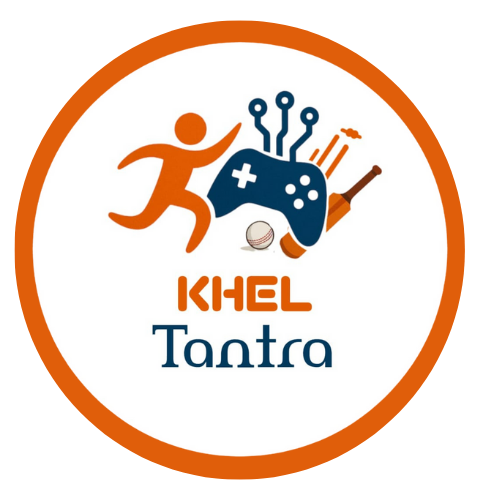Intro: AI Coding Assistants
If you’re a developer in 2025, there’s a good chance you’ve already used an AI coding assistant—or at least had a few conversations about them. What began just a few years ago as basic autocomplete features has evolved into something far more powerful. Today, these tools act like genuine coding partners. They can understand the project you’re working on, generate complete code sections, debug issues on the fly, and even help you map out your entire development plan.
And this isn’t just tech hype—the data tells the same story. In 2024, the global AI coding assistant market was valued at $25.9 million. By 2030, it’s expected to soar to almost $98 million, growing at an impressive 24.8% each year. This surge is fueled by everyone from solo indie developers to the biggest names in tech, all eager to tap into the efficiency and innovation these tools bring.
The AI Coding Landscape in 2025
Let’s take a quick look at some of the most popular AI coding assistants making waves right now.
GitHub Copilot
Still the most well-known name in AI coding, GitHub Copilot runs on OpenAI’s GPT-4 tech and integrates seamlessly with IDEs like Visual Studio Code. It offers context-aware code suggestions, auto-generated documentation, and even bug fixes. Developers currently using Copilot have reported up to a 55% boost in productivity.
Cursor AI
Think of Cursor AI as an IDE built around AI from the ground up. It’s not just suggesting code—it lets you write instructions in plain English and turns them into working code. You can update entire classes, generate full project structures, and choose between AI models like GPT-4.1, Claude Sonnet, Gemini 2.5, and DeepSeek.
Windsurf
Windsurf calls itself the first agentic IDE. Instead of just suggesting code, it has AI agents that can work on tasks across multiple files, offer real-time command suggestions, and even solve problems step-by-step. Its Cascade feature is especially impressive for complex, multi-file edits.
Bolt.new
This one’s a game-changer for web developers. With Bolt.new, you can prompt, run, edit, and deploy full-stack apps directly from your browser. Powered by StackBlitz, it creates entire codebases from just a short prompt—frontend and backend included.
Why Developers Are Adopting AI Coding Assistants
The appeal isn’t hard to see.
- Faster Development: They handle boilerplate code, repetitive tasks, and syntax checking—cutting coding time by up to 88% in some cases.
- Better Learning: They explain concepts, suggest best practices, and even generate unit tests, making them a great tool for both new and experienced developers.
-
More Accessible Coding: You can describe your idea in plain English, and the AI will turn it into code—lowering the barrier for people without formal programming backgrounds.
Security Concerns You Can not Ignore
AI-generated code can be a huge time-saver, but it’s far from flawless—and in some cases, it can actually introduce security risks. Research suggests that anywhere from 13% to almost half of AI-produced code snippets contain vulnerabilities. The most common problems? Things like SQL injection, cross-site scripting, and hardcoded passwords or API keys sneaking into the code.
The solution is pretty straightforward: never trust AI code blindly. Always review it carefully, lean on security frameworks like CodingCare, and make sure your team knows how to spot potential risks. AI is an amazing tool, but it still works best when there’s a sharp-eyed human guiding it.
Best Practices for Working With AI Coding Tools
If you’re planning to integrate AI into your workflow, here are a few tips:
- Plan before you code – Give your AI assistant clear requirements.
- Break down big tasks – AI works best with specific, focused prompts.
- Keep your files modular – Smaller files mean better AI accuracy.
- Test early – Integration tests catch AI mistakes before they snowball.
-
Commit often – Use version control to track and roll back changes.
Where AI Coding is Headed
We’re moving toward AI-powered IDEs that can handle entire multi-step workflows with minimal input. Soon, AI tools will work not just from text, but from voice commands, sketches, and screenshots. We’ll also see more domain-specific AI assistants—for example, one built just for mobile app development or for data science.
And with universities now teaching AI-assisted coding in computer science courses, the next generation of developers will treat these tools as a natural part of their workflow—while still knowing how to code without them.
Final Thoughts
AI coding assistants in 2025 are no longer “nice-to-have” extras—they’re becoming standard tools in a developer’s toolkit. They speed up development, improve code quality, and open up programming to more people than ever before. But like any powerful tool, they need to be used wisely—with security checks, human review, and good coding practices in place.
The bottom line? AI coding assistants aren’t replacing developers—they’re making us faster, smarter, and more creative.
Join our community for latest update :- https://kheltantra.in/








Really insightful article! The focus on data-driven platforms like jiliaaa is key – transparency & fair play are huge for building trust in online gaming. Great points about player experience!
Just tried out JiliOK Casino and the AI-driven gameplay really adds a new level of strategy to online slots. The registration was smooth and their live dealer games are top-notch!